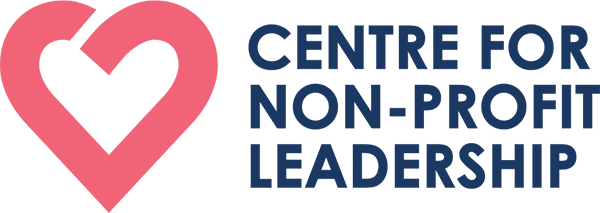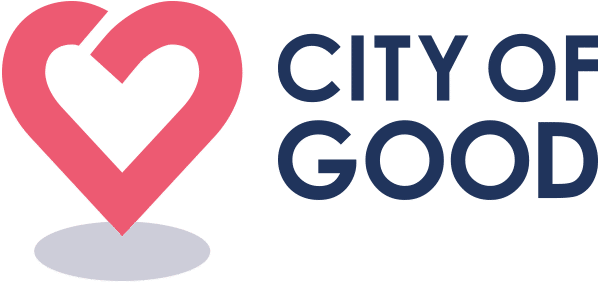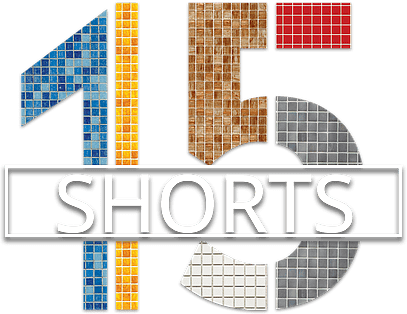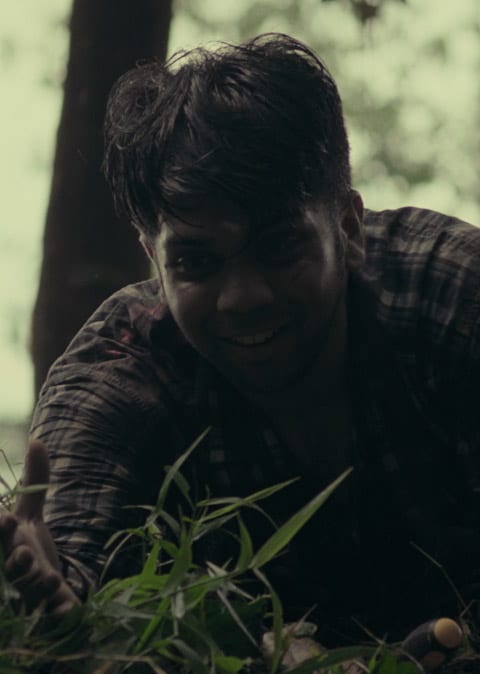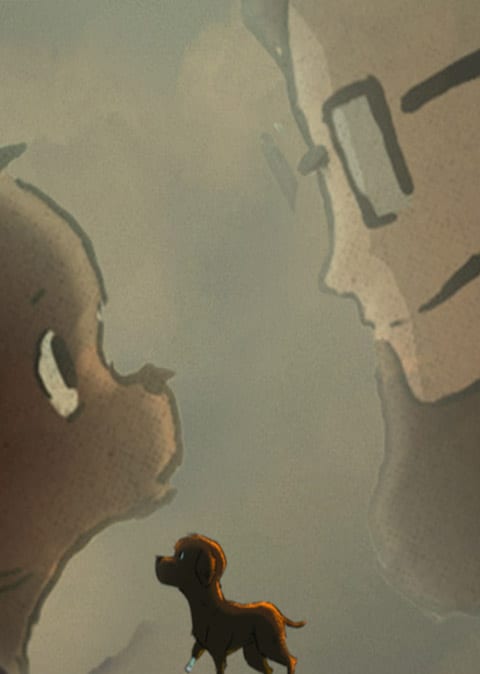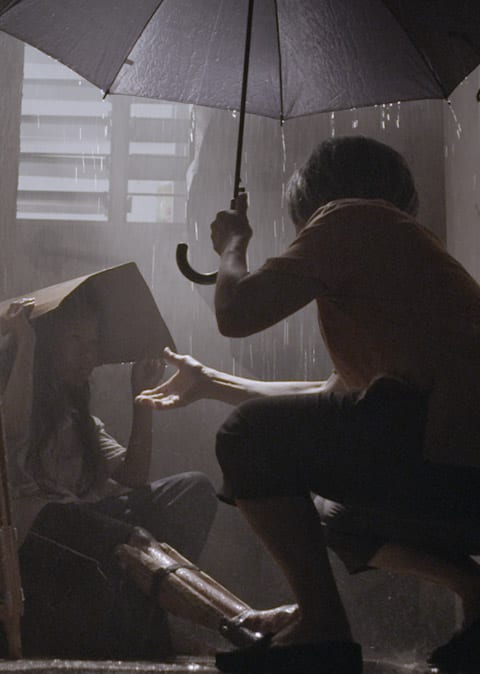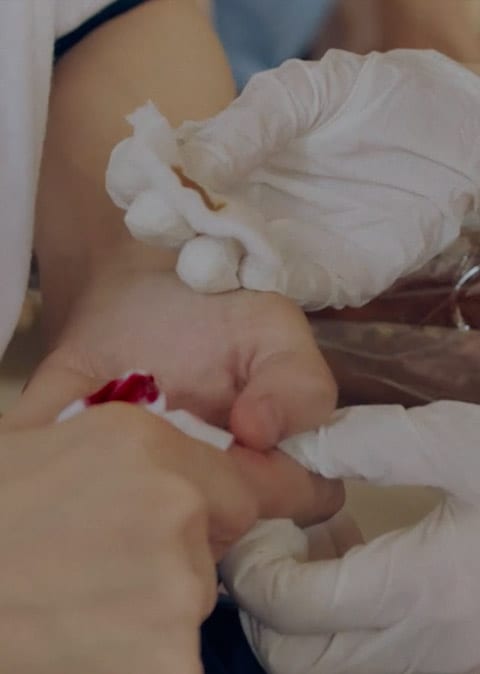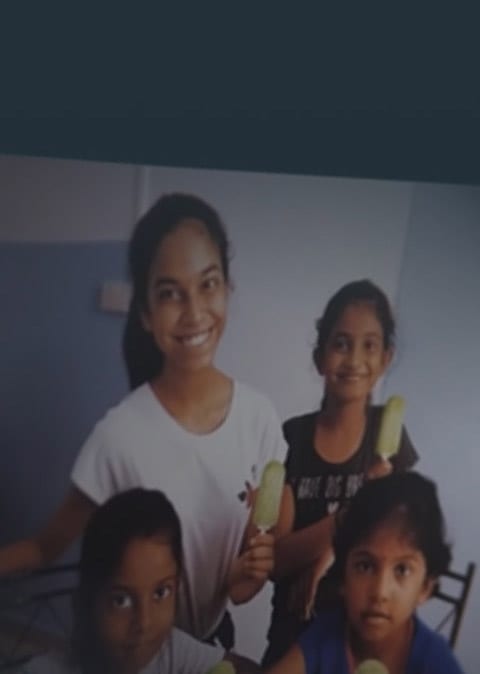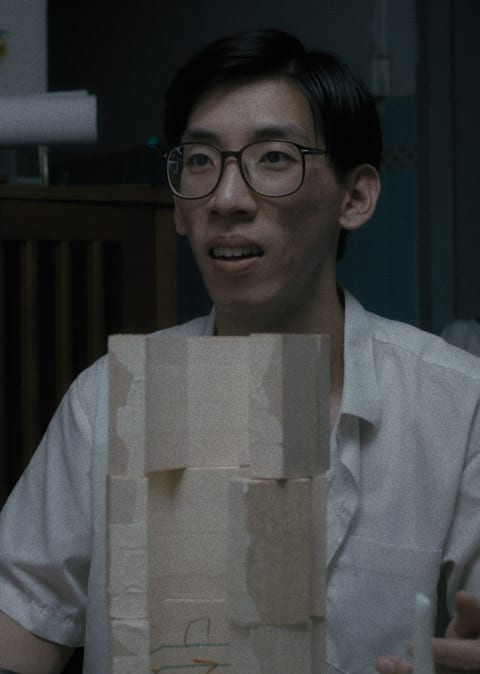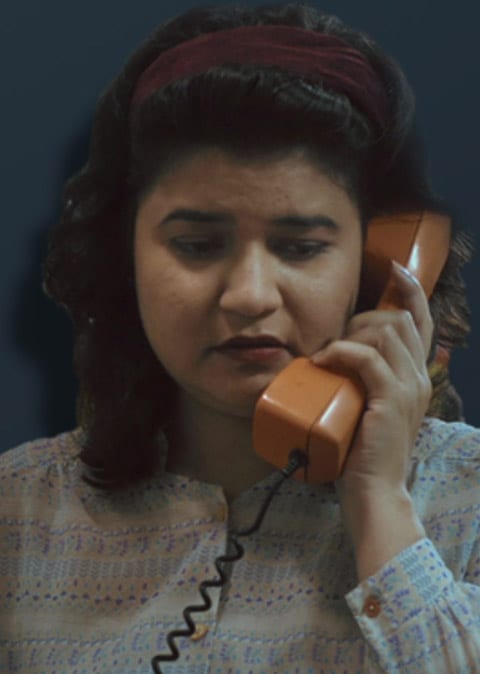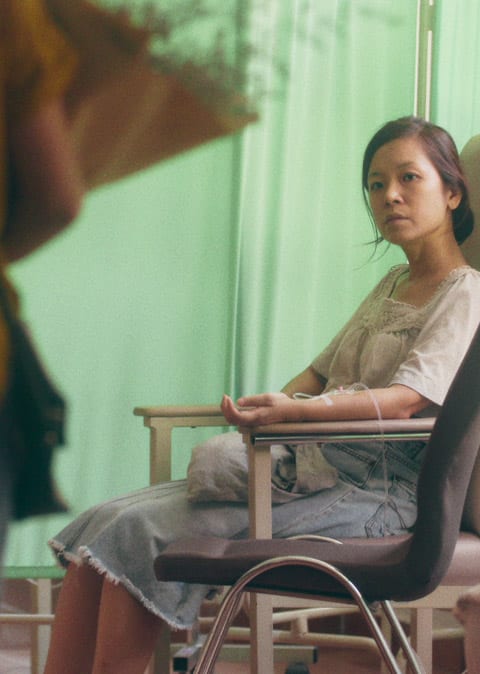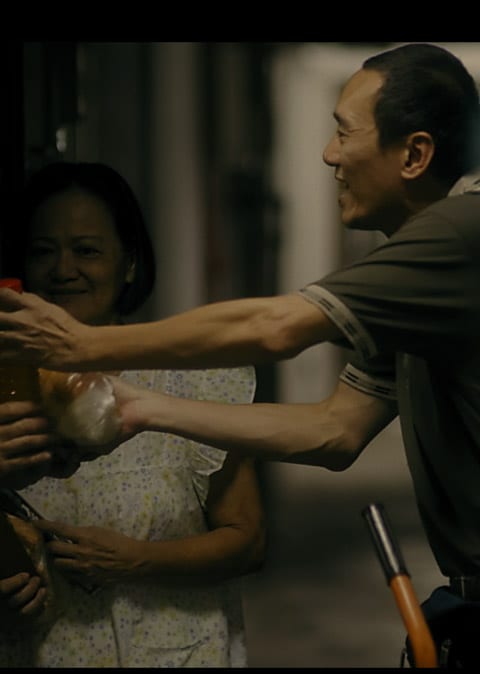“Community building” has become a buzzword for many organisations—from governments who want to support their constituents to businesses who want to build communities around their brands. But what exactly does it mean to build community? Who is responsible for that work, and what is the ideal approach to take?
Three ladies involved in developing different communities in Singapore got together for a panel discussion to explore how individuals and the social service sector can navigate the tensions underlying community work and the risks of disempowering the people involved:
- Ng Bee Leng (Panelist) is the Director of Community Development & Corporate Support at AMKFSC Community Services. She is passionate about working with disadvantaged communities and believes in asset-based community development that focuses on a community’s strengths rather than it’s deficits.
- Grace Ann Chua (Panelist) is from National Volunteer & Philanthropy Centre’s Community Matters team. She is the co-founder of Friendzone, a community-building social enterprise that connects communities through uncovering assets and meaningful conversations.
- Ranganayaki “Ranga” Thangavelu (Moderator) is Deputy Executive Director at Beyond Social Services, which enables public rental housing neighbourhoods to be ‘villages’ that raise their children well.
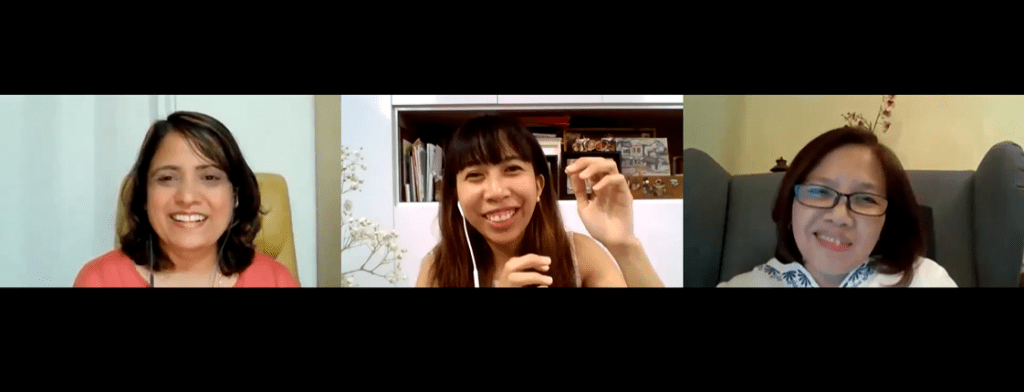
On Community And Community Builders
Ranga: What inspired this session?
Grace: I had a conversation early on with Bee Leng where she shared her hesitation about the term “community builder”. Who are the de-facto community builders? Are members of a community (or residents of a neighbourhood) the real “community builders” or professionals working in the community? Perhaps a better term for the latter would be “community workers” or “community activators” as a reminder to professionals that for real “inside-out” change, members of the community are the real “community builders” while professionals work alongside to support their aspirations.
After that conversation, I became much more conscious about the language we use in talking about what we do in community, to community, and with community.
Ranga: And what is your interpretation of community?
Grace: In a social context, it is a collective of people that have something in common. When I think about community, I think about my rock climbing group, religious community, neighbourhood, alumni network. I lived overseas for a period of my life, so I also relate to being a third-culture kid. After starting a ground-up initiative, I identified with the founders’ community. These are different dimensions of my life. Being surrounded by people who champion you and push you to go beyond your limits is heartening. Community has encouraged me, and shaped me to be encouraging to others.
Ranga: Bee Leng, what about you? What are your beliefs on ‘community’?
Bee Leng: In this room, we are discussing community work as a body of knowledge, skills, and philosophies, using professional language. But I fear that this may alienate and intimidate the everyday folks—aunties, uncles, members of the community—who actually experience community life.
They are the experts. I always remind myself that I’m sharing my experience of privilege in being able to experience community life alongside the community members, and caution myself against further entrenching our power as “experts” and professionals.
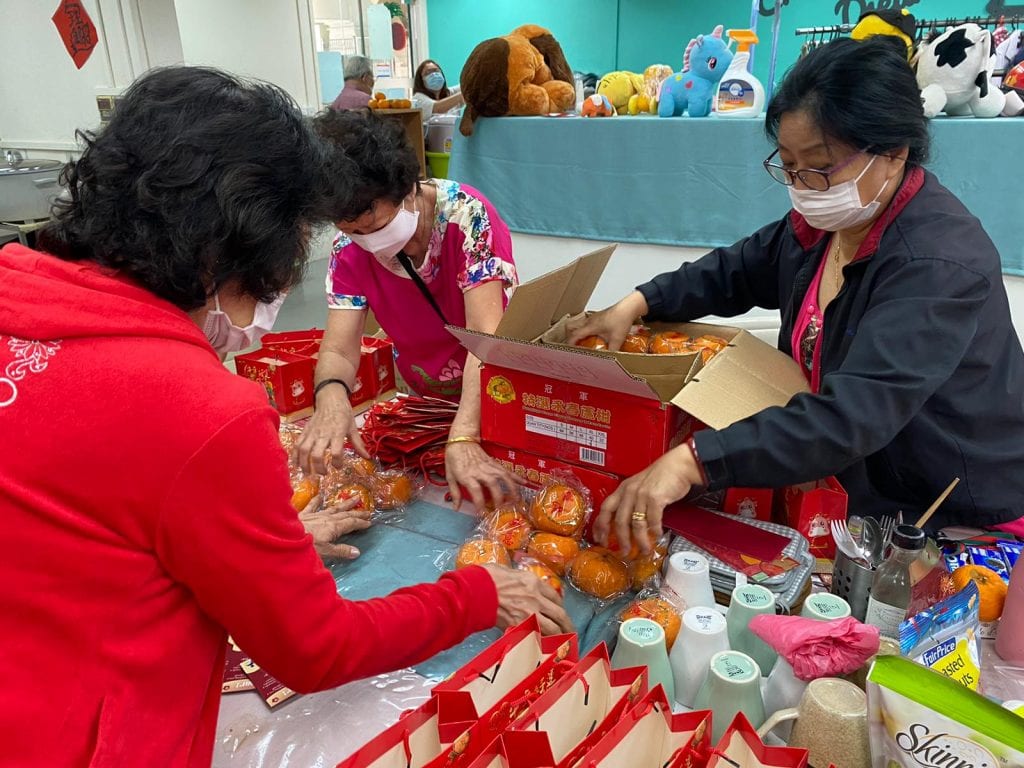
Ranga: Would you consider that perhaps, as a trained social worker, you might fall prey to “professionalising community” by treating it as an academic subject? Or providing external tools and techniques without recognizing the experts who live in the community?
Bee Leng: Yes. We can unwittingly become a service provider package even though we say we’re there to enable the community. We get trapped doing things for the members rather than trying to discover and perceive the residents’ strengths and motivation.
Ranga: Yes, thank you. A viewer just stated that communities are based on reciprocity, and commitment to mutual well being. I think that sums it up well. So for my next questions: What is community work? And who is responsible? whose responsibility is it to build this community?
Bee Leng: More and more, over time, I feel that the concept of inclusion becomes more and more important. I see people come together by virtue of a shared hobby, common issues, wanting to prevent something. But over time, these groups become exclusive rather than inclusive. Rather than inviting strangers on the fringes or margins and including people in the diversity of our community, it becomes very much about staying “safe” within the group.
I believe inclusion should be the bedrock that guides a community. A collective of people—a community—can do a lot together for their well-being. You can start with a very small movement that becomes catalytic for others.
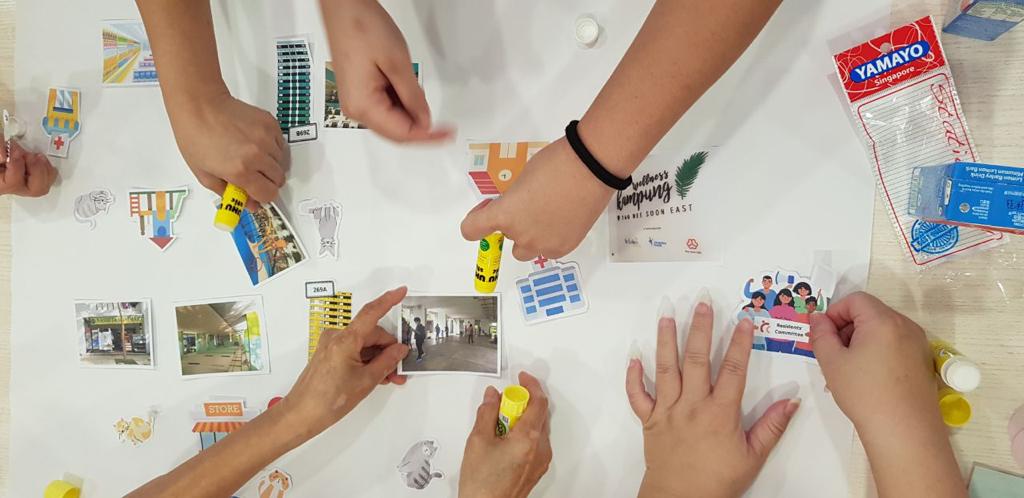
Tips For Growing A Healthy And Empowered Community
The three speakers agree that there are some simple steps community builders can take to grow a community in a healthy, fair way. Here are some of the pointers they discussed.
Understand The Community’s Vision
Every community member has their own vision for their community. It’s important to listen to the community’s stories and understand their desires first and foremost. Bee Leng highlights a skill called Learning Conversations, where members’ visions for their neighbourhood and identifying common motivations are first explored. If there are enough people prepared to come together and do something, steps can be taken to turn dreams into reality.
Understand Your Role And Use Your Influence
Grace says, “In many ways, community building is a restoration of power. People don’t always realise that they have their own power to shape their community, and that they can create the kind of community they want to have.”
Knowing who you are and the value you can bring to the community is important. If you are a social service worker, remember your position in playing a supportive and facilitative role to the community. Rather than prescribing specific solutions, community workers can encourage everyone to voice their opinions and come to their own solution together.
Identify “Connectors”
Identify individual community members with many relational connections and knowledge about the group itself. Support these individuals as they engender greater community growth.
Use Supportive Language
We can reflect the status of residents and citizens as primary change agents by being cognizant of the language we use. For example: rather than saying “senior activities” or “senior homes”, one can use inclusive positive language such as ‘wellness centres’ to promote inclusivity in our communities.
Unearthing The Power Of The Community Members
Interpersonal relationship skills and conflict resolution capabilities aren’t bestowed at birth. Community workers can facilitate and support the community with the relevant tools and techniques needed to self-organise.
One way to support a community is to learn peacekeeping skills. When implemented effectively, these restorative skills help to break down complex disagreements and ensure that everyone feels heard.
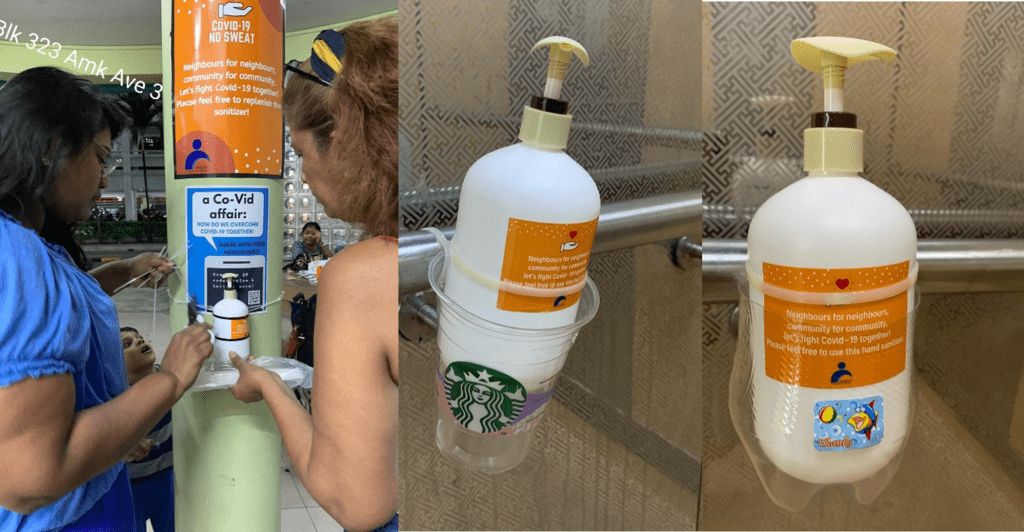
Common Pitfalls To Look Out For
Using A One-Size-Fits-All Approach
Each community is unique. An approach that works for one group may not work for another. Bee Leng explains, “The goal is to discover and perceive the residents for their strengths, for their assets and for their motivations.” You can consider factors such as a community’s location, size, origins, cultural makeup, and average age but most importantly, discover what members of a community care about deeply to act upon it collectively.
Dictating What’s Best
A community can grow and develop when it is attuned to what members find important and urgent instead of being forced to meet external expectations. Remind yourself to let a community take on its own shape rather than try to impose a model or dictate its growth.
Grace says, “Just like exercise is a habit that needs discipline, attentive listening to members of the community is another habit that can be practised and strengthened.”
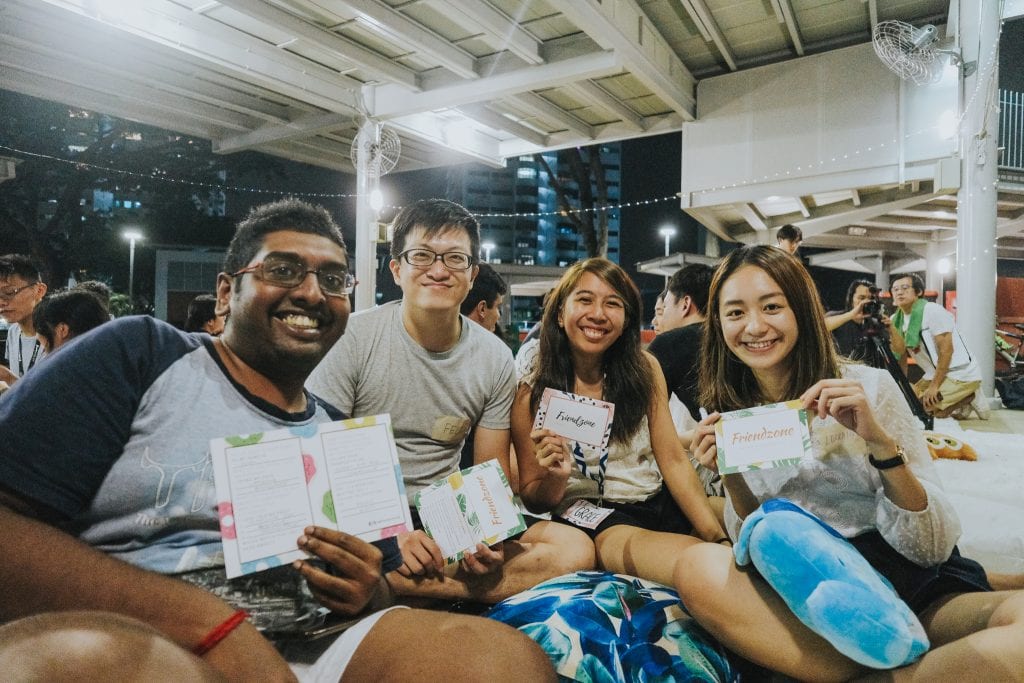
Avoiding Conflict
Bee Leng shares that, in her work, she has seen communities encounter disagreements and arguments as they grow. But contrary to what one might expect, this is a positive development.
“When disagreements happen that means members are comfortable enough to be honest. In the initial stages of a community, people tend to be pleasant and nice, so they will suspend a disagreement. But a proper community will naturally transition to this stage—it is very important,” she says.
Trying To Do Everything “For” The Community
A professional community worker may inadvertently trap themselves into doing things “for” the community. Bee Leng explains, “We should try to avoid packaging solutions for the community to adopt. Instead, we can work ‘with’ or ‘alongside’ the community. Ultimately, however, actions should be taken ‘by’ the community”.
Residents who are excited about their priorities and hobbies will be more motivated to share their wisdom and contribute to a shared initiative without feeling dictated to or powerless. With empathy and patience, community professionals can bring people together in a sustainable, responsible, and long-lasting way.
Reflection Questions
- Which of the ideas shared in the above article were new for you, challenged you, or resonated with you?
- Looking at the communities you are involved in, how familiar are you with the wants, needs, and strengths of others?
- Who are the “connectors” in your community? How can you involve them in developing your community?
- How do you speak about your community? What words do you use and what are the implications that can be drawn out from these words?
- Examine your role in the community you are involved in. Is there a need to take a step back in order to let members within the community step up and shape the community for themselves?
